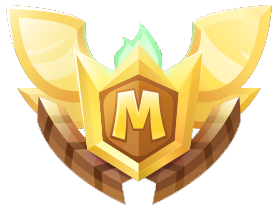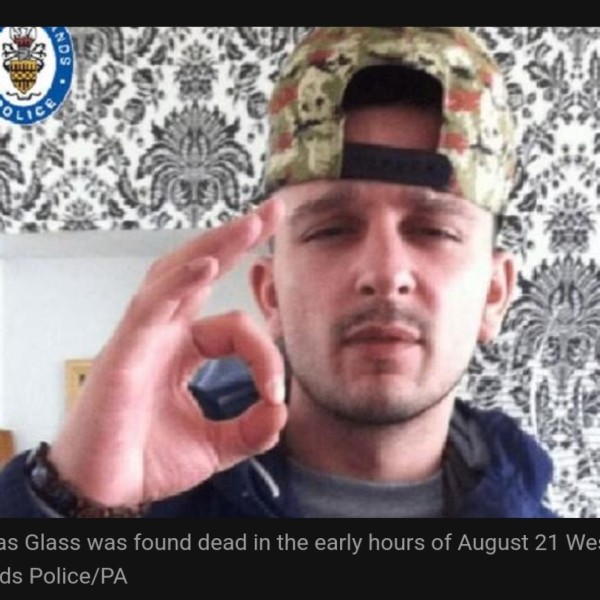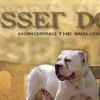A “caring” man was found dead in a garden after being mauled by up to four dogs , including two XL bullies, while feeding his brother’s pets while he was in hospital, an inquest has heard. Now some are calling for banning the XL Bullies. Tell us what you think after reading the article.
Hello Molosser Fans. Just a reminder that you can use hashtags "#" to browse or create a channel. For instance #molosserdogs will create or add to the molosserdogs channel. See all Channels: New Channels (molosserdogs.com) You can also use "@" to directly address a person or organization for instance @Admin and admin will be notified. Cool stuff. Give it a try on your next post.
In the article linked below you will find a detailed expose on the #Dingoes rise from pests to protected species in Australia. For many years the Dingoes instilled fear and destroyed domestic tranquility and now they are a protected species. Fantastic. A brief summary of the article shows that: Dingo DNA Discovery: A new study shows that dingoes are a distinct species, more closely related to ancient #canine lineages than modern dogs. Two Populations: There are two distinct dingo populations in Australia, north-west and south-east, with no evidence of post-colonial hybridization. Ecological Role: Dingoes play a crucial role in Australian ecosystems as top predators, helping control populations of invasive species. Cultural Significance: Dingoes hold a special place in First Nations communities, symbolizing resilience and protection. Read the story by Kamrin Baker
The Rhodesian Ridgeback: A Legacy of Lion Hunting and Companionship In the annals of cynology, few breeds boast as storied a past as the Rhodesian Ridgeback. This breed’s history is a tapestry woven from the threads of African heritage and colonial influence, creating a dog as unique in appearance as it is in capability. Origins in the African Wilds The #Rhodesian Ridgeback’s lineage begins in the southern reaches of Africa, where the Khoikhoi people bred dogs that possessed a distinctive ridge of hair along their backs. These dogs were not only resilient but also had an innate ability to fend off the continent’s most formidable predators, including lions1. Colonial Crossbreeding With the arrival of Dutch settlers in the 17th century, European breeds such as Greyhounds, Mastiffs, and Bloodhounds were introduced to the African landscape. These dogs were crossbred with the indigenous Khoikhoi’s ridged hunting dogs, leading to the emergence of the Boer hunting dogs, the direct ancestors of the modern Rhodesian Ridgeback2. A Breed Takes Shape The definitive moment in the breed’s history occurred in 1922 when F.R. Barnes drafted the original breed standard in Bulawayo, Southern Rhodesia (now Zimbabwe). This standard was later approved by the South African Kennel Union in 1927, cementing the Rhodesian Ridgeback’s status as a recognized breed2. The Lion Hunter The Rhodesian Ridgeback was bred for a specific and daunting task: hunting lions. These dogs were not expected to kill the lions but to track them and hold them at bay until the hunters could arrive. Their agility, strength, and courage made them invaluable companions on such perilous hunts1. Modern Roles Today, while the Rhodesian Ridgeback no longer pursues lions across the savannah, it has found a new role as a versatile and loyal companion. Its protective nature makes it an excellent guardian for homes, and its intelligence and trainability allow it to excel in various canine sports and activities. Conclusion The Rhodesian #Ridgeback stands as a living testament to the rich history of dog breeding and the human-canine bond. From the wilds of Africa to the hearts of dog lovers around the world, the Ridgeback continues to be admired for its noble past and cherished for its steadfast presence. This article aims to honor the Rhodesian Ridgeback’s remarkable journey from a lion-hunting assistant to a beloved family member, reflecting the breed’s enduring spirit and adaptability. Many thanks to Copilot!
Here’s a summary of the key points from the #molosserdogs home page. Ethical Breeding: Discusses the importance of prioritizing animal welfare, avoiding inbreeding, and promoting responsible ownership to ensure the health and well-being of dogs12. Thor’s Tale: A fictional story about Thor, a mix of Bernese Mountain Dog and Black Russian Terrier, who protects a lost child named Lily from wolves in the forest3. Neutering/Spaying Guidelines: Mentions a new study that provides updated guidelines for neutering or spaying dogs to prevent increased risks of cancer or joint issues4. Dog Discussions: The page contains various posts and discussions on topics like outdoor working dogs, guardian dogs at home, and the politics of dog shows.
Breeding and genetic modification in dogs raise important ethical questions. Let’s look into some of these considerations: Responsible Breeding Prioritizes Welfare: Ethical breeders prioritize the health and well-being of animals over aesthetics. Breeding for extreme physical traits (like flat-faced dogs) can lead to serious health issues.Responsible breeders carefully select traits that enhance an animal’s quality of life.Avoiding inbreeding is crucial to maintain genetic diversity and prevent genetic disorders.Avoiding Inbreeding: Inbreeding, mating closely related animals, can lead to genetic problems and reduced breed diversity.Ethical breeders work to maintain genetic diversity for long-term health and vitality.Responsible Ownership: Ethical breeding extends to responsible ownership.Breeders should screen potential buyers thoroughly to ensure proper care and prevent neglect.Adherence to Legal Regulations: Responsible breeders comply with legal regulations related to breeding, including licensing, vaccinations, and record-keeping.Impact on Animal Welfare: Improved Health and Longevity: Ethical breeding practices result in healthier animals with fewer genetic health issues.Reduced Strain on Shelters: Ethical breeders reduce overpopulation, minimizing euthanasia due to lack of homes.Promotion of Responsible Ownership: High standards inspire proper care and attention to pets.In summary, ethical breeders play a pivotal role in animal welfare by prioritizing health, avoiding inbreeding, and promoting responsible ownership. As consumers, we can support these practices by choosing breeders who adhere to ethical standards and raising awareness of responsible pet ownership.








